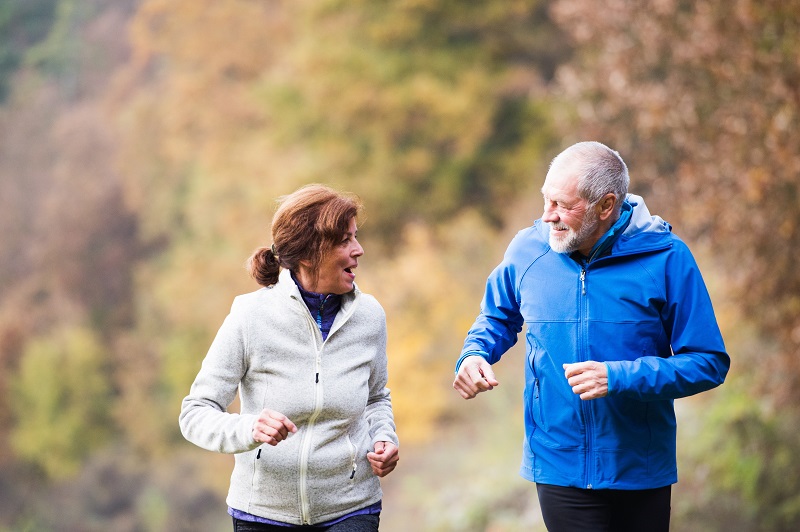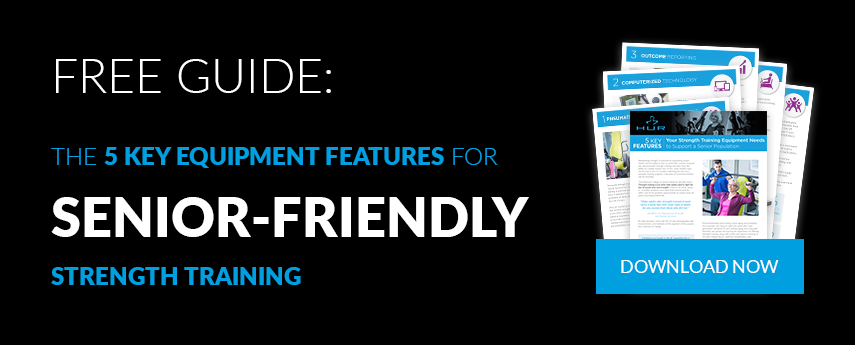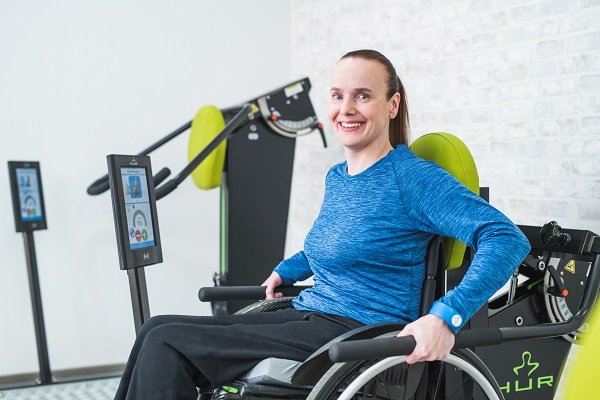What is Functional Strength Training?
Functional strength training has been gaining in popularity within the fitness industry. But what exactly is functional strength training, and how is it different from traditional strength training?
Simply put, functional strength training programs engage multiple muscle groups simultaneously by attempting to mimic basic human movement patterns. In contrast, a traditional strength training program isolates and trains a specific muscle group, such as the biceps, quads, or back to build strength in a particular area.
However, it doesn’t have to be one or the other. According to the American Council on Exercise (ACE), both training programs have a purpose.
A strong functional training program should focus on enhancing the coordination between muscle groups and the nervous system with the end goal of improving performance with a day-to-day task.
In order for a functional strength training program to transfer to real-life activities, it is important that the program include these factors:
- Coordination
- Speed of Movement
- Range of Motion
- Types of Muscle Contractions (concentric, eccentric, and isometric)
Traditional strength training programs isolate particular muscle groups which can be essential to strengthening and evening out muscle imbalances. As a result, functional training activities can be performed more safely, and injuries can be reduced.
Getting Started: Exercises to Improve Functional Strength
There are seven basic movements the human body can perform, and all other exercises are merely variations of these seven: Pull, Push, Squat, Lunge, Hinge, Rotation, and Gait. Functional training uses these essential movement patterns with the compound movement of muscles and joints.
To get you started, here is a whole-body exercise program based on the 7 fundamental movement patterns.
1. PULL (standard dumbbell row)
Stand with feet hip-width apart with your knees bent slightly. Find a pair of dumbbells that you feel comfortable lifting. Keep your chest parallel to the floor and your back flat as you hinge at your hips. Engage your core and squeeze your shoulder blades as you pull the weight towards your sides. Then extend your arms downward back to the starting position and repeat.
2. PUSH (push-ups)
Push-ups are great for building upper body strength and working multiple muscle groups. For an easier variation, stand in front of the wall or sturdy counter top with arms extended and palms flat against the wall, hips in line with your ears. Bend your elbows, then press away to your starting position. The farther your feet are from the wall, the more complex the push-up becomes.
3. SQUAT (chair squats)
Chair squats are beginner-friendly exercises that build important leg muscles: hamstrings, glutes, and quads. First, squat down and face forward with the chair behind you. Position your feet shoulder-width apart, and toes pointed straight ahead. Keep your head and chest upright and your spine in a neutral position. Engaging your core as you bend your knees and lower your hips down and back is essential. To make the exercise easier you can extend your arms out in front for extra balance. Tap the chair gently with your butt. On your way back up, drive your hips forward and push up through your heels, returning to your starting position.
4. LUNGE
Stand up straight with your feet hip-width apart. With one leg, take a step forward. Most of your weight should be placed on the front foot as your hips lower. Stop descending once your back leg almost touches the floor. Once you are in your ending position, the front knee should be directly above the ankle, creating a 90-degree angle. By driving through the heel, you push yourself back up to your starting position. Hold onto the back of a chair or railing if needed for stability.
5. HINGE (bodyweight hip thrusts)
Sit on the ground with your back against an elevated surface. Stretch your arms out to the side, placing your palms flat. Bend your knees with your feet flat. Raise your hips till they are in line with your torso and neck. Drive up through the heels while engaging your glutes and then back down. Repeat. Make sure to keep your hips equally parallel to the floor.
6. ROTATION (woodchopper)
Stand feet shoulder-width apart. Grip a dumbbell with both hands. In front of your left leg, your arms should be extended and your knees should be bent slightly. Now pivot slightly off the left foot while twisting your body and swinging the weight diagonally across your body up and to the right. Arms are straight throughout the whole movement. Bring the weight back to the starting position and repeat.
7. GAIT (seated marching)
In a seated position, lift the knee towards your chest. Then place it back down and repeat on the opposite leg, alternating back and forth. If you are feeling it you can choose to pause at the top for a few seconds. Remember to keep your core tight and your back straight. For a greater challenge, try marching in place with a hand lightly on the back of a chair or railing for stability.







